If you have a sunny window that gets bright light all day, you have the perfect spot for growing healthy, vibrant plants! Some houseplants need shade, but others love soaking up the sun, thriving in bright, direct or indirect light. A south-facing window is one of the best places to keep sun-loving plants happy, and lucky for you, there are plenty of great options to choose from! Whether you love bold tropical leaves, flowering beauties, or unique succulents, this list has something for everyone.
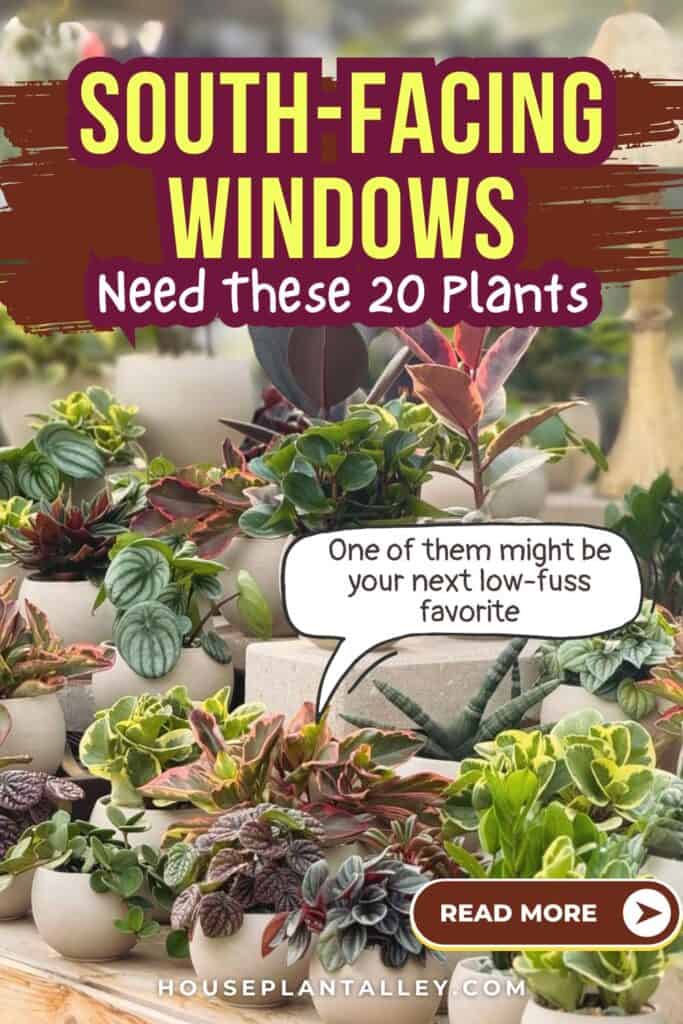
Contents
- 1 Best Plants for South-Facing Windows
- 1.1 Jade Plant (Crassula ovata)
- 1.2 String of Pearls (Senecio rowleyanus)
- 1.3 Aloe Vera (Aloe barbadensis)
- 1.4 Ponytail Palm (Beaucarnea recurvata)
- 1.5 Snake Plant (Sansevieria trifasciata)
- 1.6 Croton (Codiaeum variegatum)
- 1.7 Chinese Money Plant (Pilea peperomioides)
- 1.8 Kalanchoe (Kalanchoe blossfeldiana)
- 1.9 Echeveria (Echeveria spp.)
- 1.10 ZZ Plant (Zamioculcas zamiifolia)
- 1.11 Cactus Varieties
- 1.12 Rubber Plant (Ficus elastica)
- 1.13 Crown of Thorns (Euphorbia milii)
- 1.14 Burro’s Tail (Sedum morganianum)
- 1.15 Lipstick Plant (Aeschynanthus radicans)
- 1.16 Desert Rose (Adenium obesum)
- 1.17 Bird of Paradise (Strelitzia reginae)
- 1.18 Coleus (Solenostemon scutellarioides)
- 1.19 Sun-Loving Orchids (Vanda spp.)
- 2 Tips for Keeping Sun-Loving Houseplants Healthy
Best Plants for South-Facing Windows
Jade Plant (Crassula ovata)
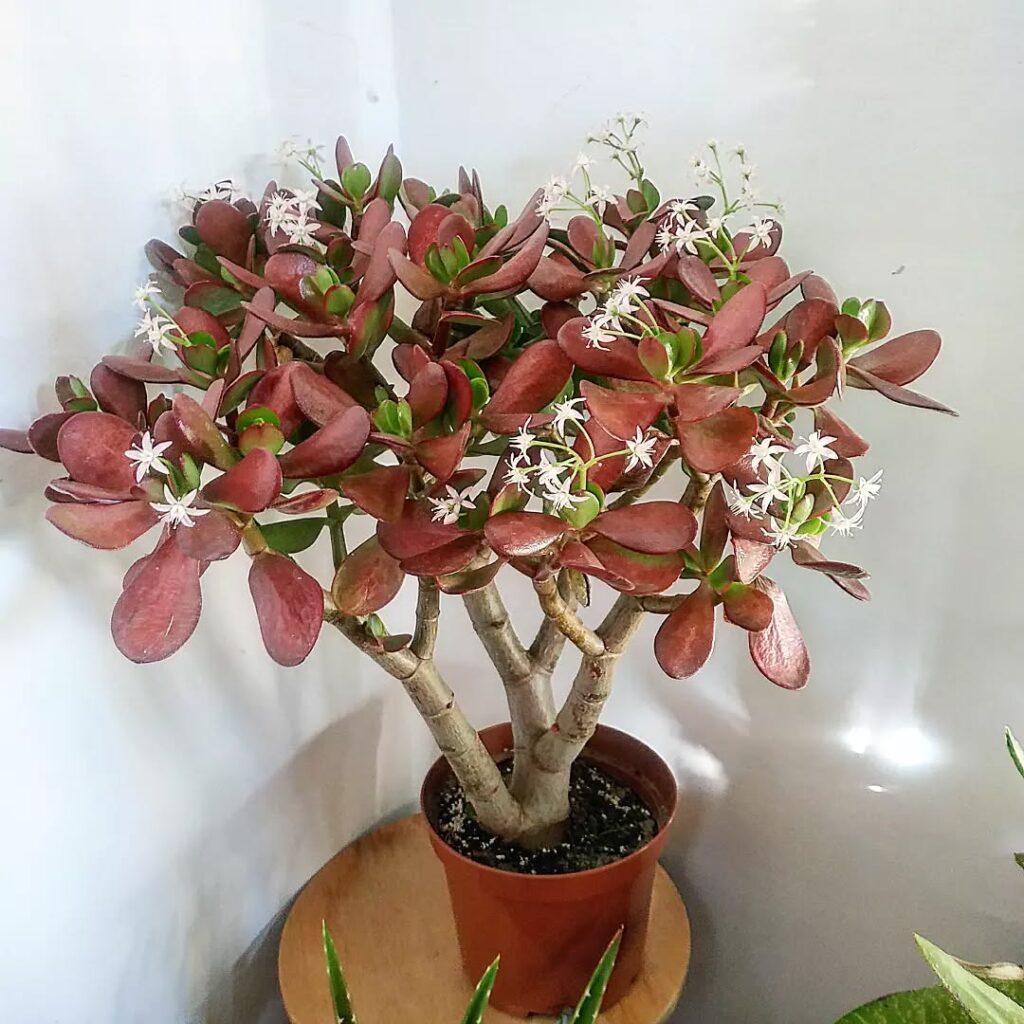
Jade plants store water in their thick, glossy leaves, making them perfect for bright windows. They are easy to care for and grow slowly, adding charm to any indoor space.
String of Pearls (Senecio rowleyanus)
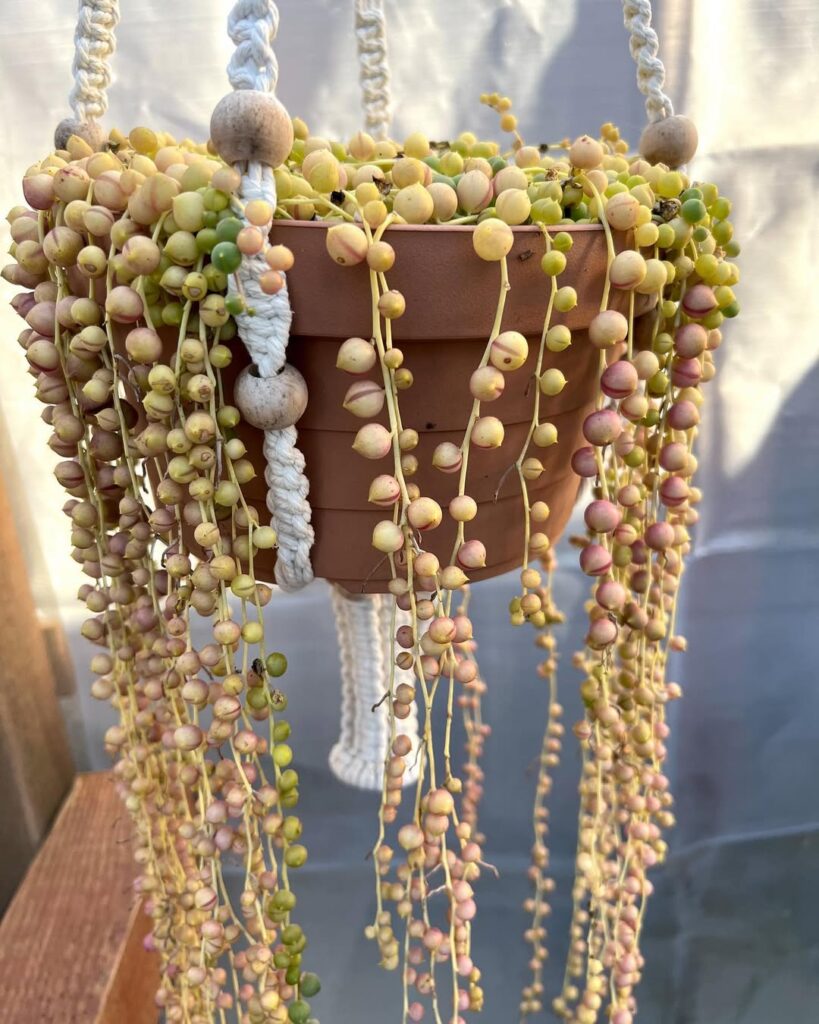
This trailing succulent forms delicate bead-like foliage and flourishes in bright sunlight with occasional watering. Its cascading vines look stunning in hanging pots.
Aloe Vera (Aloe barbadensis)
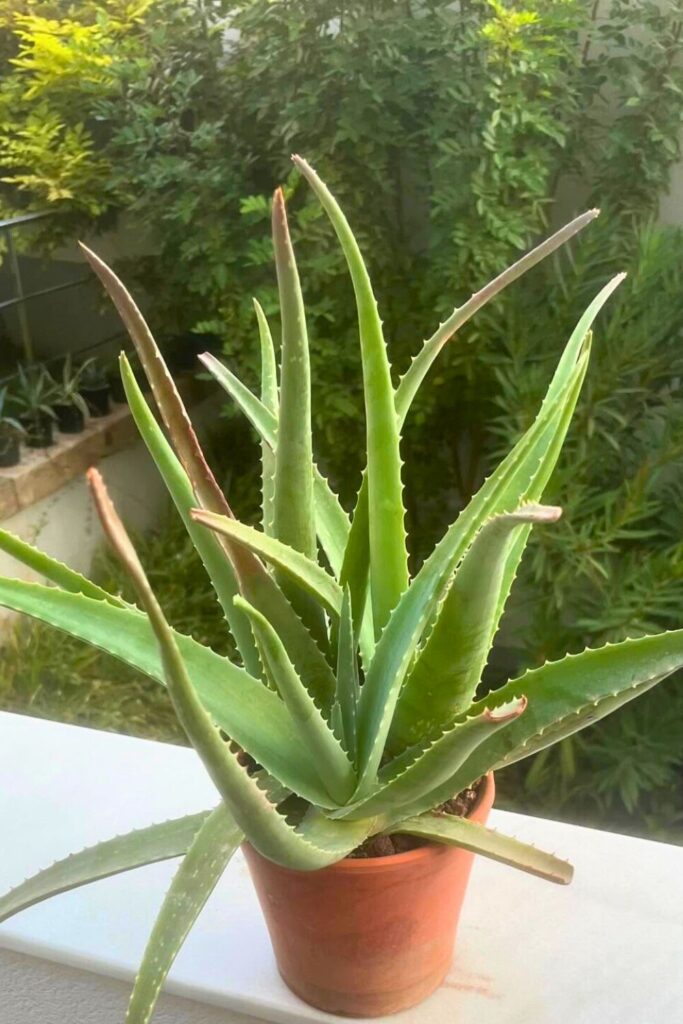
Aloe vera is a sun-loving succulent with medicinal benefits. Its thick, spiky leaves store water, making it low-maintenance and perfect for sunny indoor spaces.
Ponytail Palm (Beaucarnea recurvata)
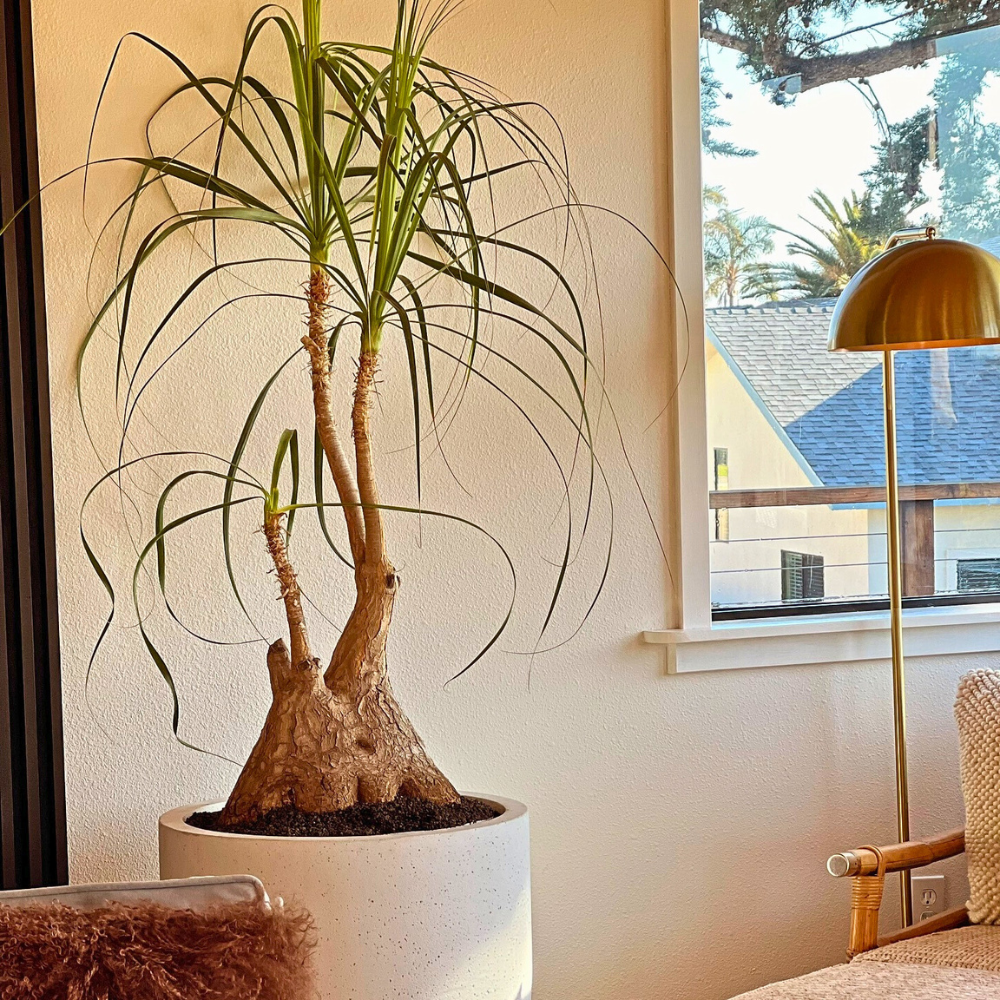
Despite its name, this quirky plant is actually a succulent! Its swollen trunk stores water, and its long, curling leaves add a tropical touch to bright windows.
Snake Plant (Sansevieria trifasciata)
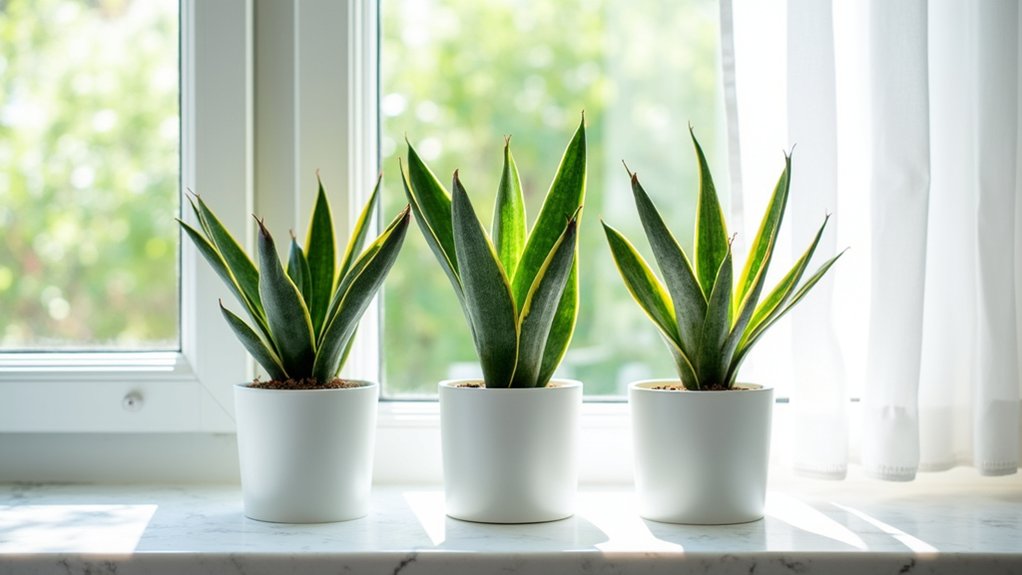
One of the easiest houseplants to grow, snake plants tolerate various light levels but thrive best in bright, indirect sunlight. Their upright, deep-green leaves also purify indoor air.
Croton (Codiaeum variegatum)
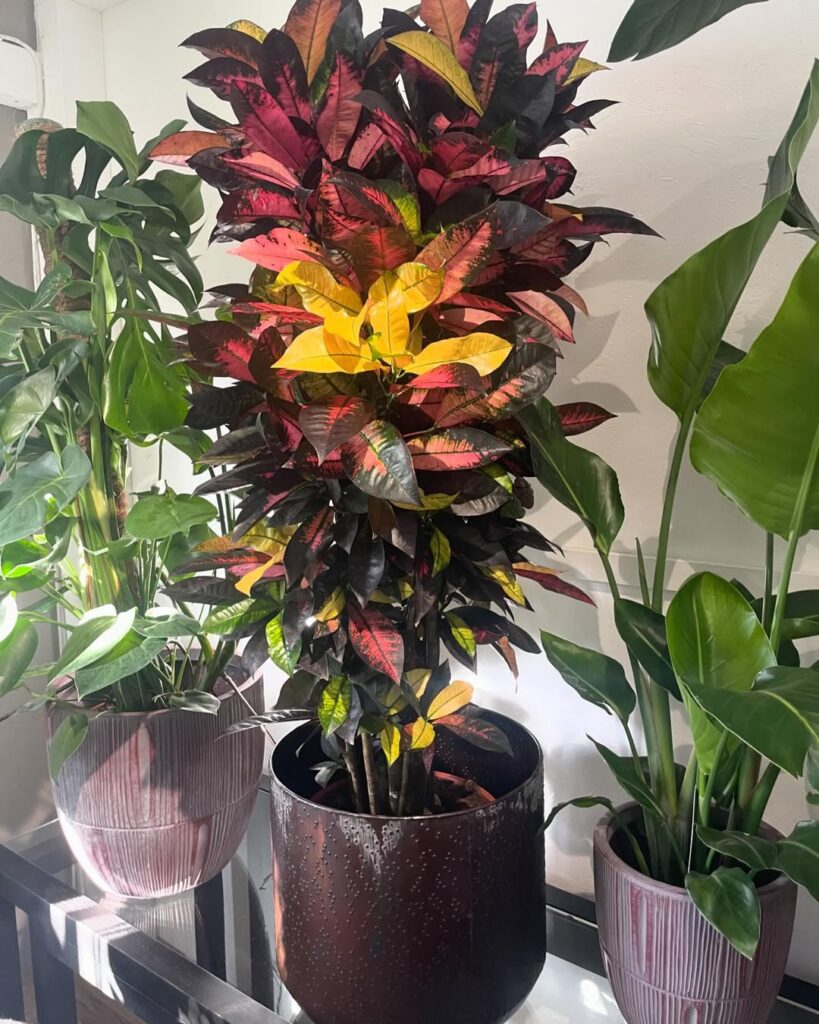
Crotons boast bold, multicolored leaves, but they need strong sunlight to maintain their intense hues. With bright light and proper care, their foliage remains dazzling indoors.
Chinese Money Plant (Pilea peperomioides)
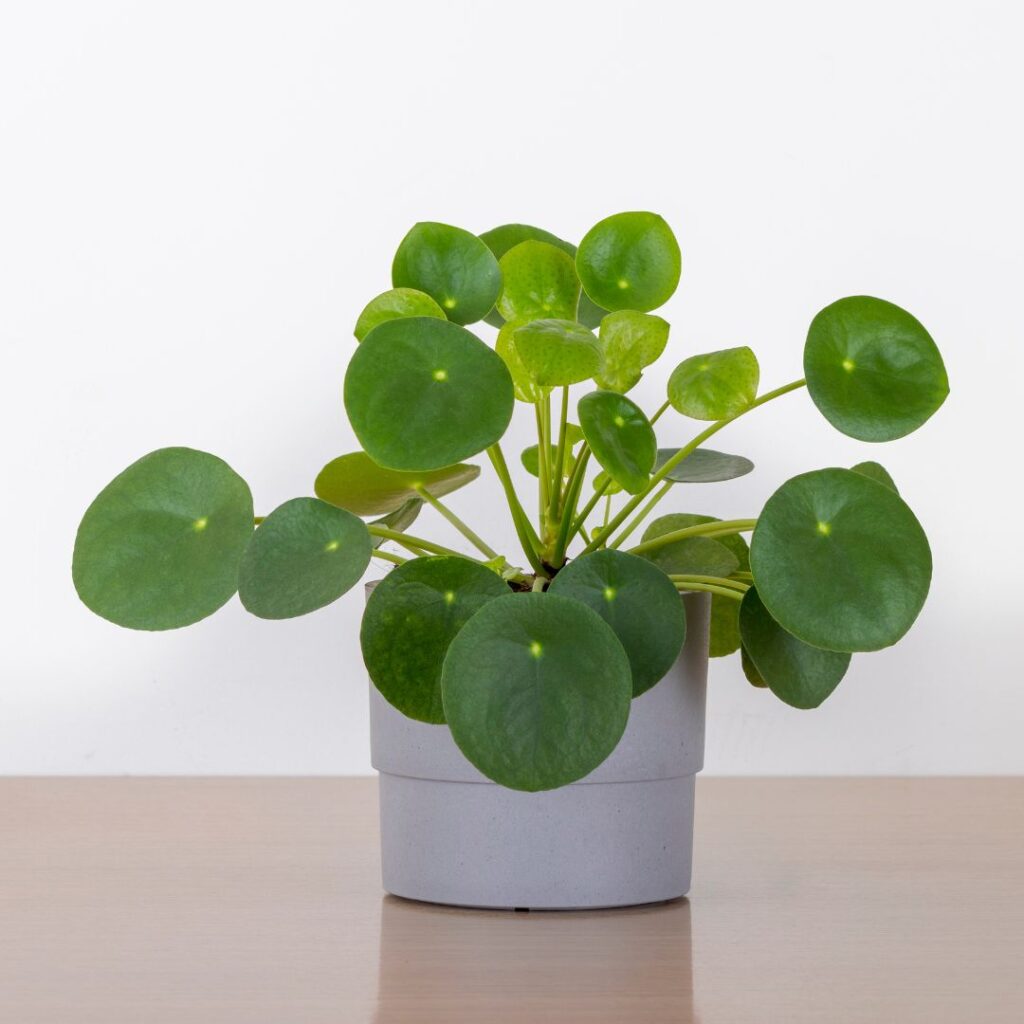
This charming plant has round, coin-shaped leaves that create a playful look. It enjoys bright, indirect light and adds a modern touch to sunny windows.
Kalanchoe (Kalanchoe blossfeldiana)
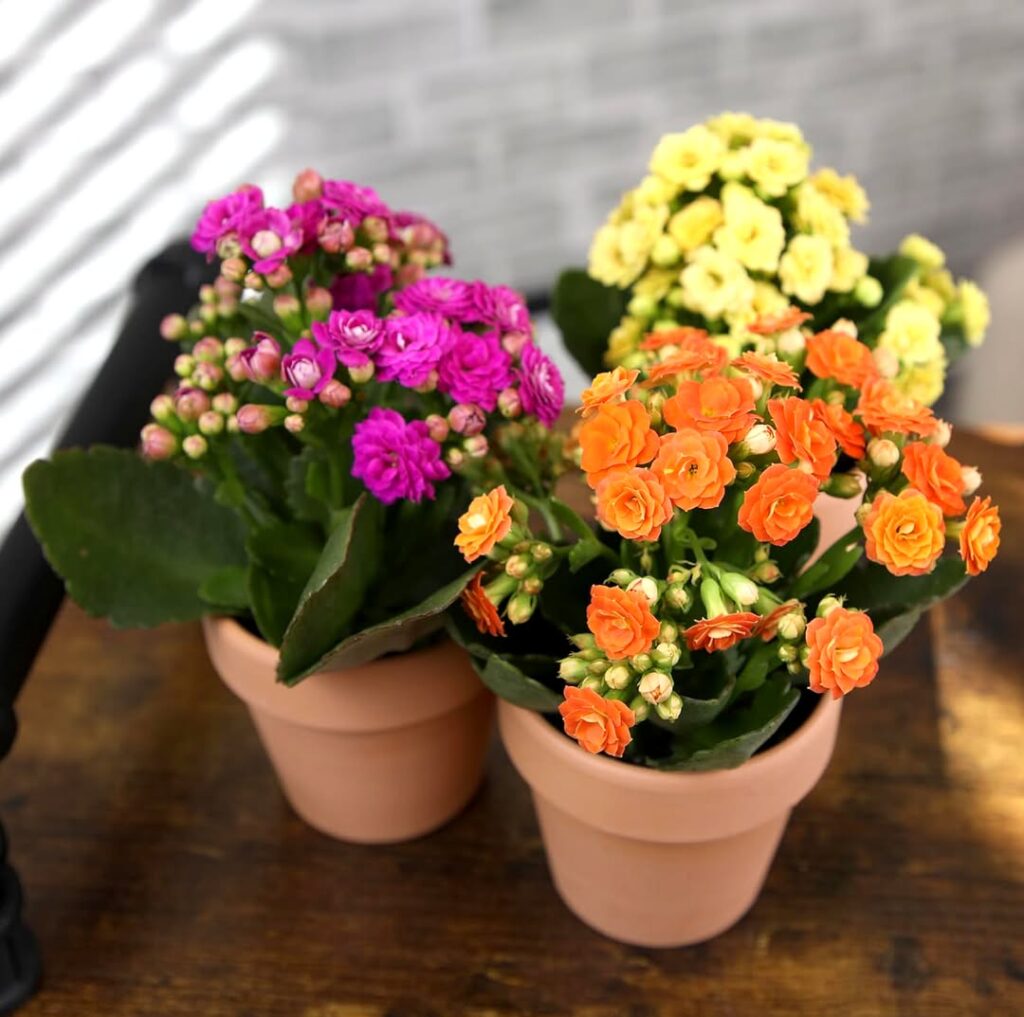
This easy-care succulent produces vibrant, long-lasting flowers in bright light. It requires minimal watering and thrives on sunny windowsills.
Echeveria (Echeveria spp.)

These stunning succulents form perfect rosettes with waxy leaves. They love direct sunlight and require little water, making them great for south-facing windows.
ZZ Plant (Zamioculcas zamiifolia)
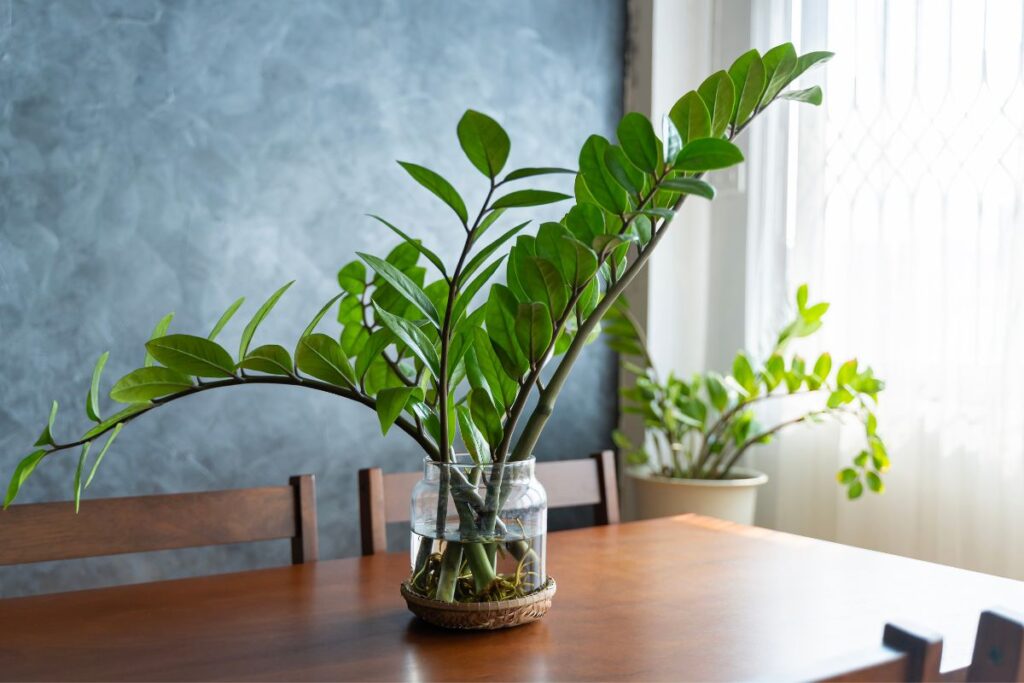
Although ZZ plants can grow in low light, they truly thrive in bright, indirect sunlight. Their thick, waxy leaves make them an attractive, resilient houseplant.
Cactus Varieties
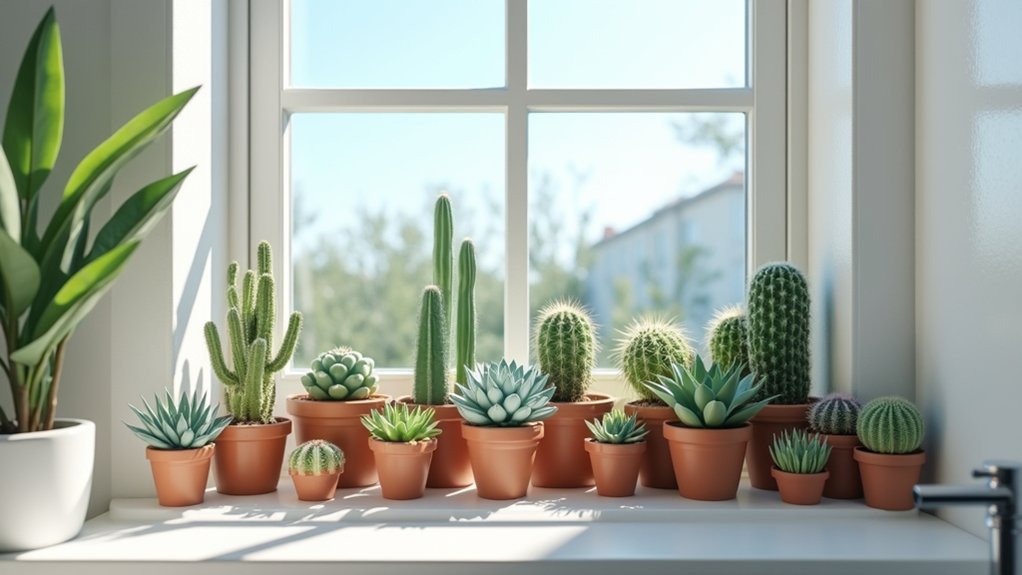
Compact cacti like barrel cactus (Ferocactus) and star cactus (Astrophytum) flourish under strong light. They require very little water and make excellent low-maintenance houseplants.
Rubber Plant (Ficus elastica)
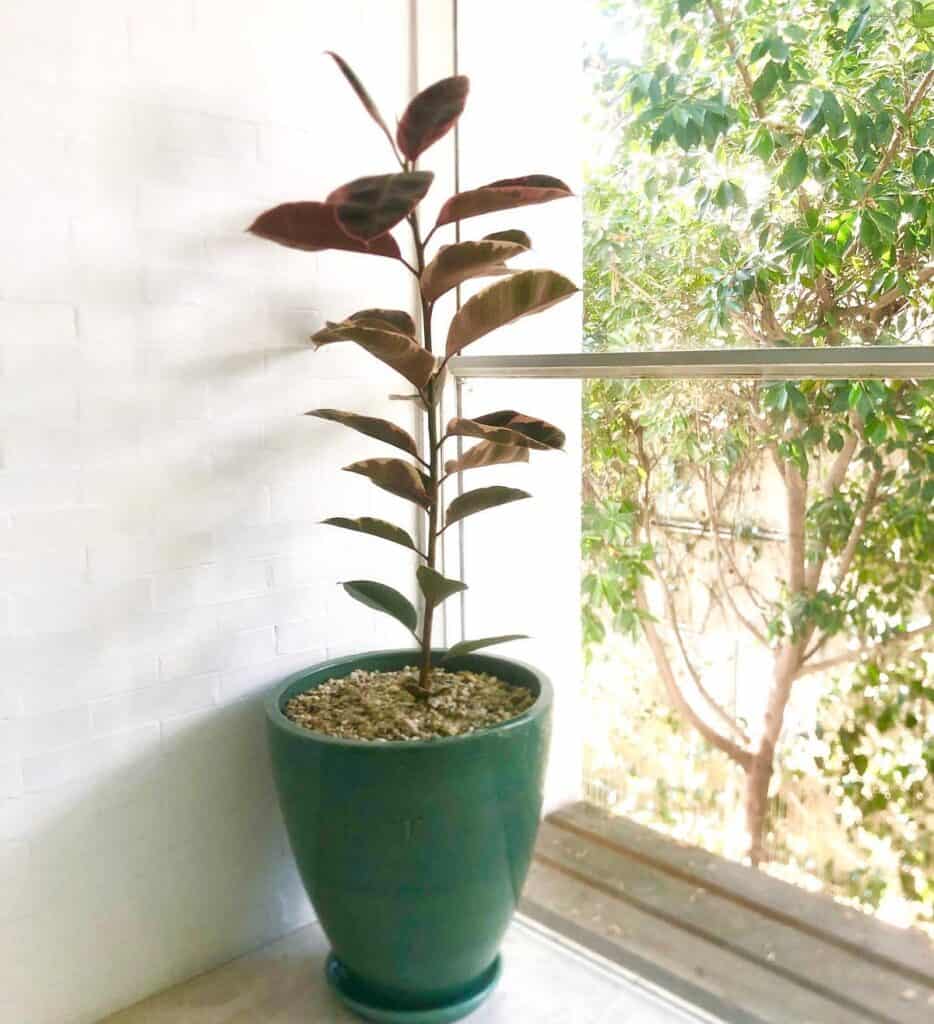
With glossy, deep-green leaves, rubber plants thrive in bright light. They grow well indoors and develop a striking presence in sunlit spaces.
Crown of Thorns (Euphorbia milii)
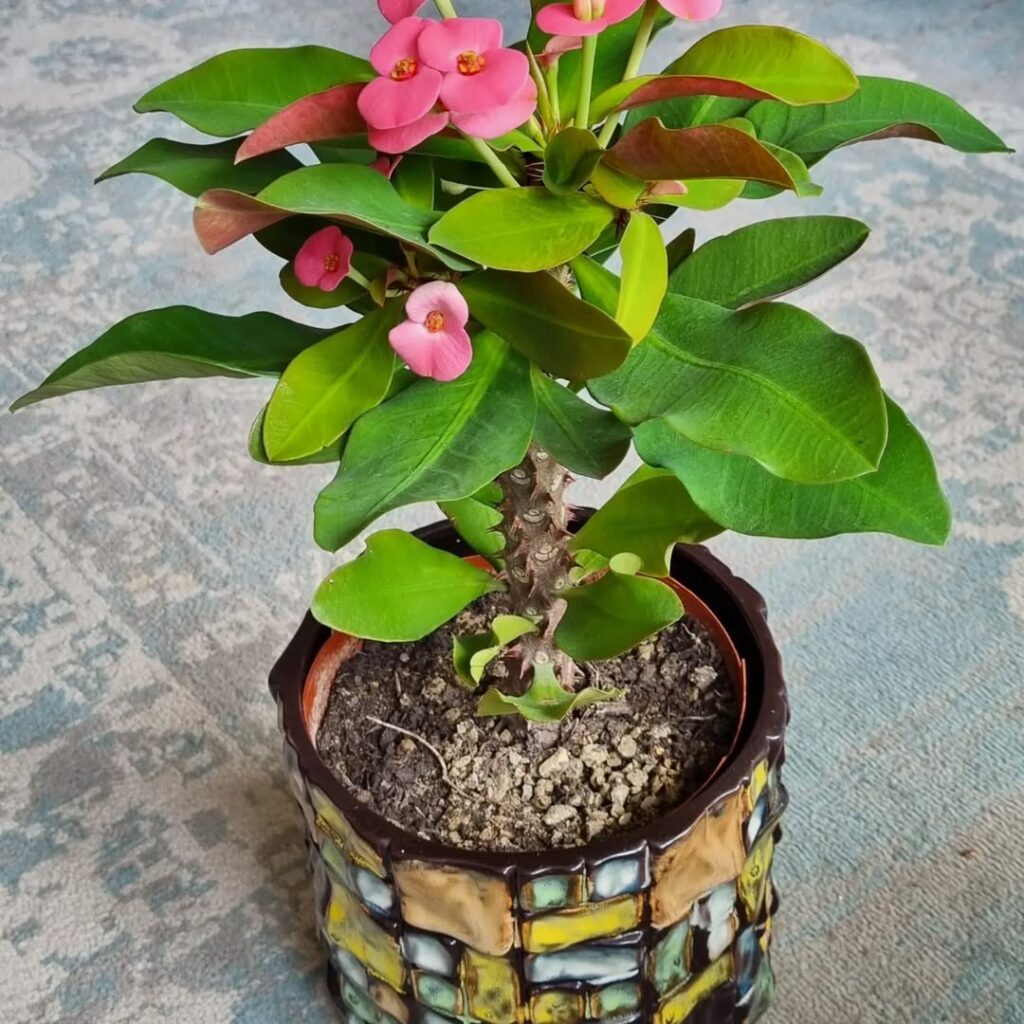
This tough succulent produces delicate flowers year-round when placed in bright light. It tolerates dry conditions and is perfect for sunny windowsills.
Burro’s Tail (Sedum morganianum)
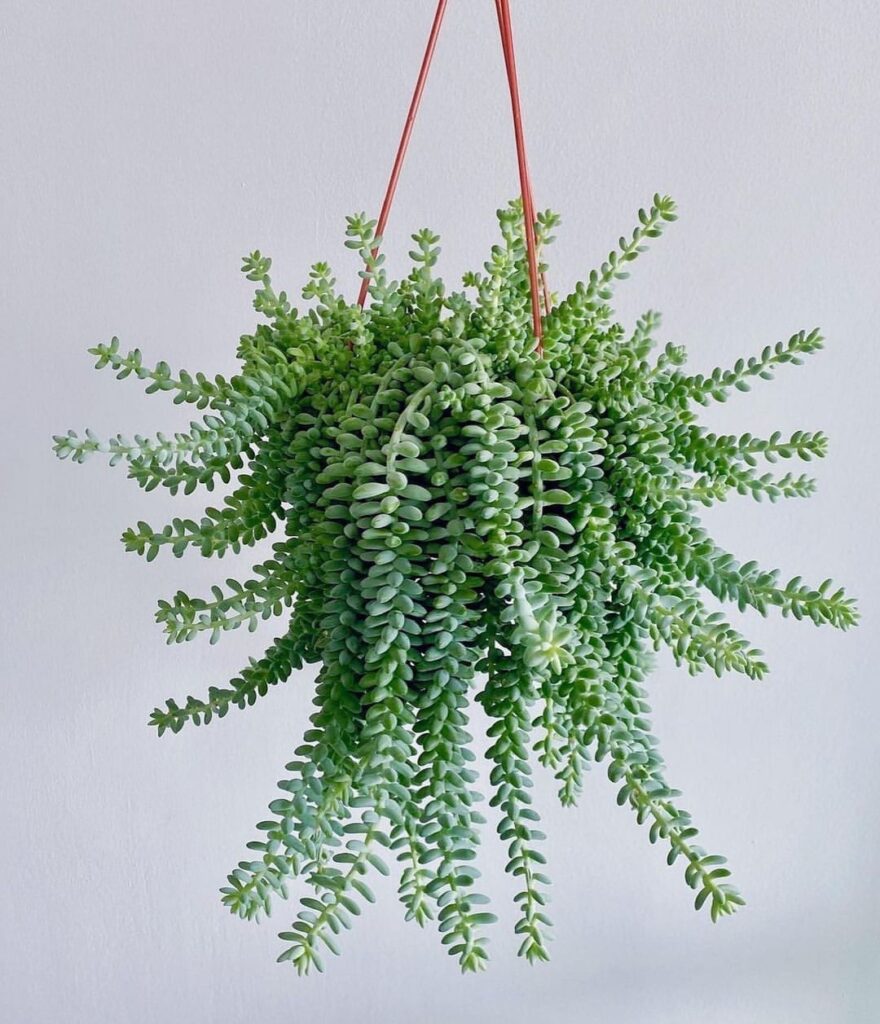
A cascading succulent with plump, trailing leaves, burro’s tail thrives in bright light and needs minimal watering. It’s a fantastic choice for hanging baskets near windows.
Lipstick Plant (Aeschynanthus radicans)
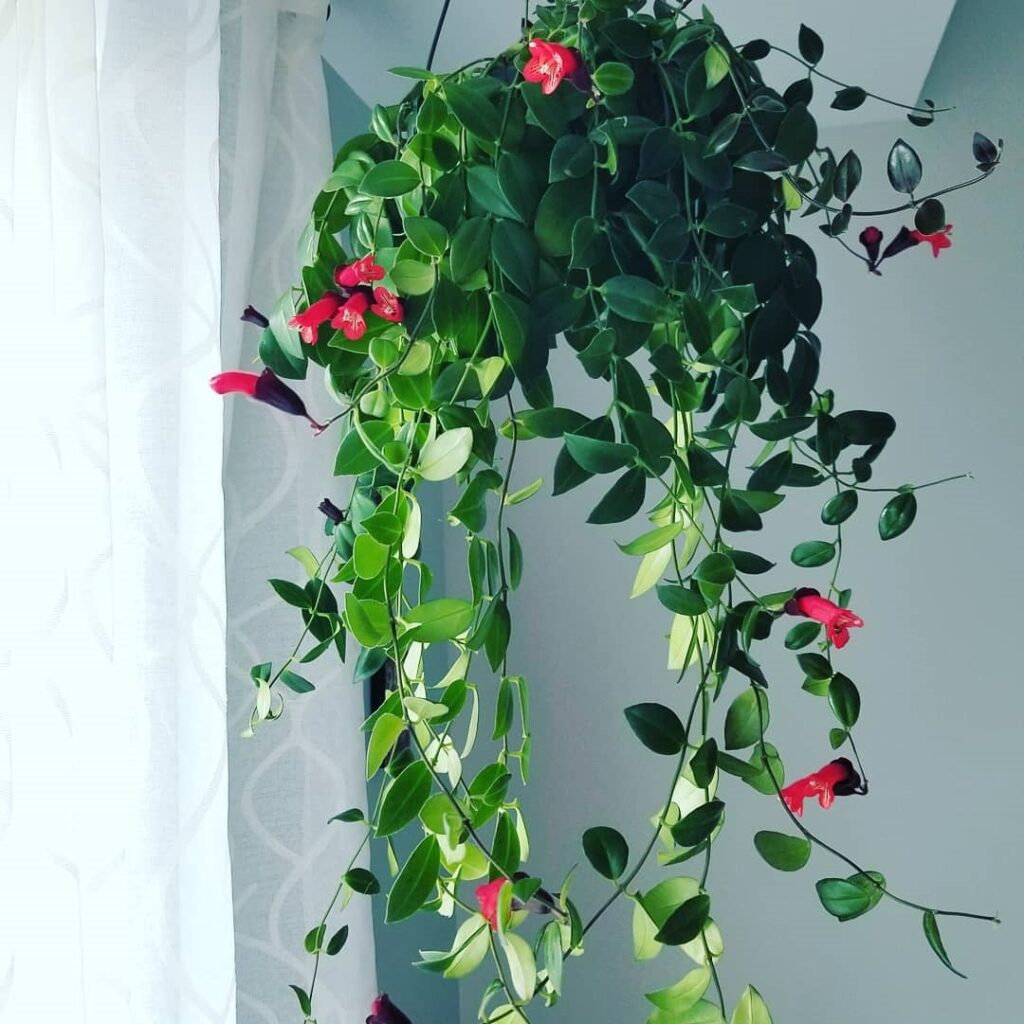
Lipstick plants produce bright red blooms when given plenty of sunlight. Their trailing vines look beautiful in hanging pots by sunny windows.
Desert Rose (Adenium obesum)
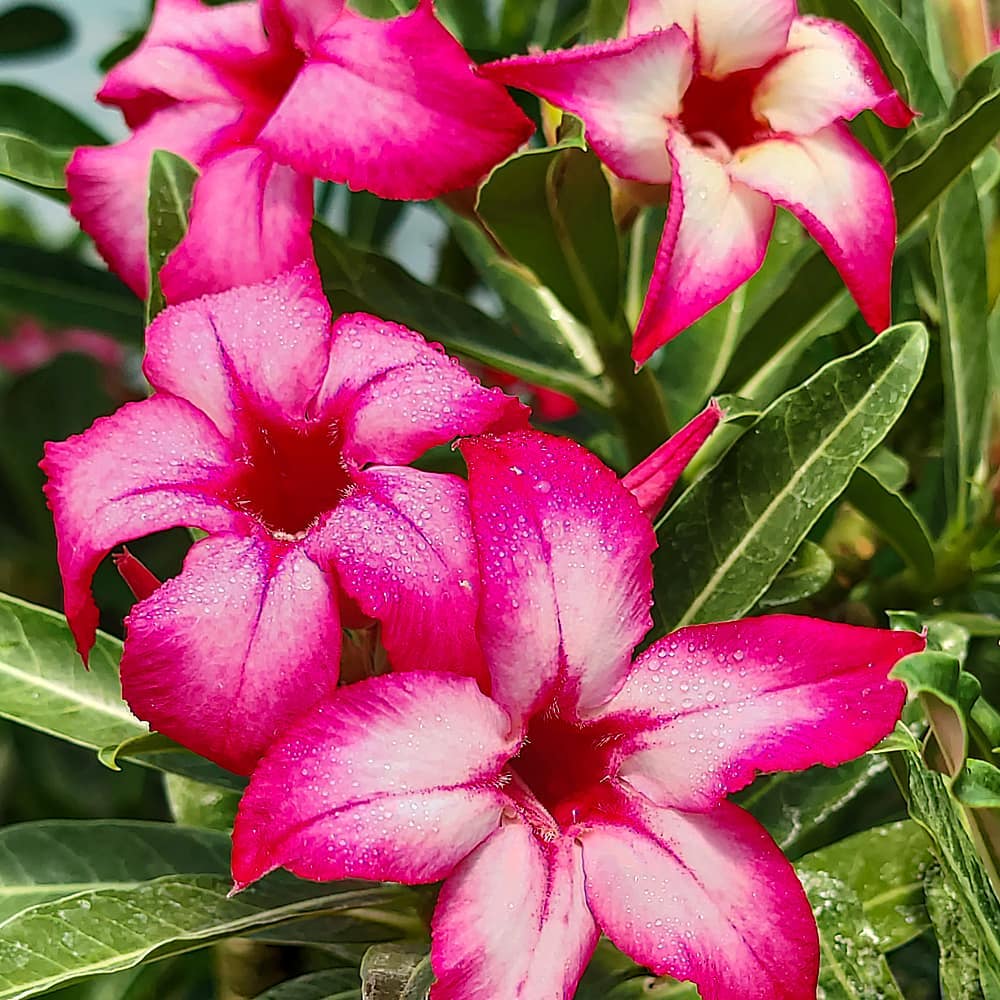
A stunning, sun-loving houseplant, desert rose features a thick trunk and vibrant flowers. It requires strong light and little water to maintain its compact growth.
Bird of Paradise (Strelitzia reginae)
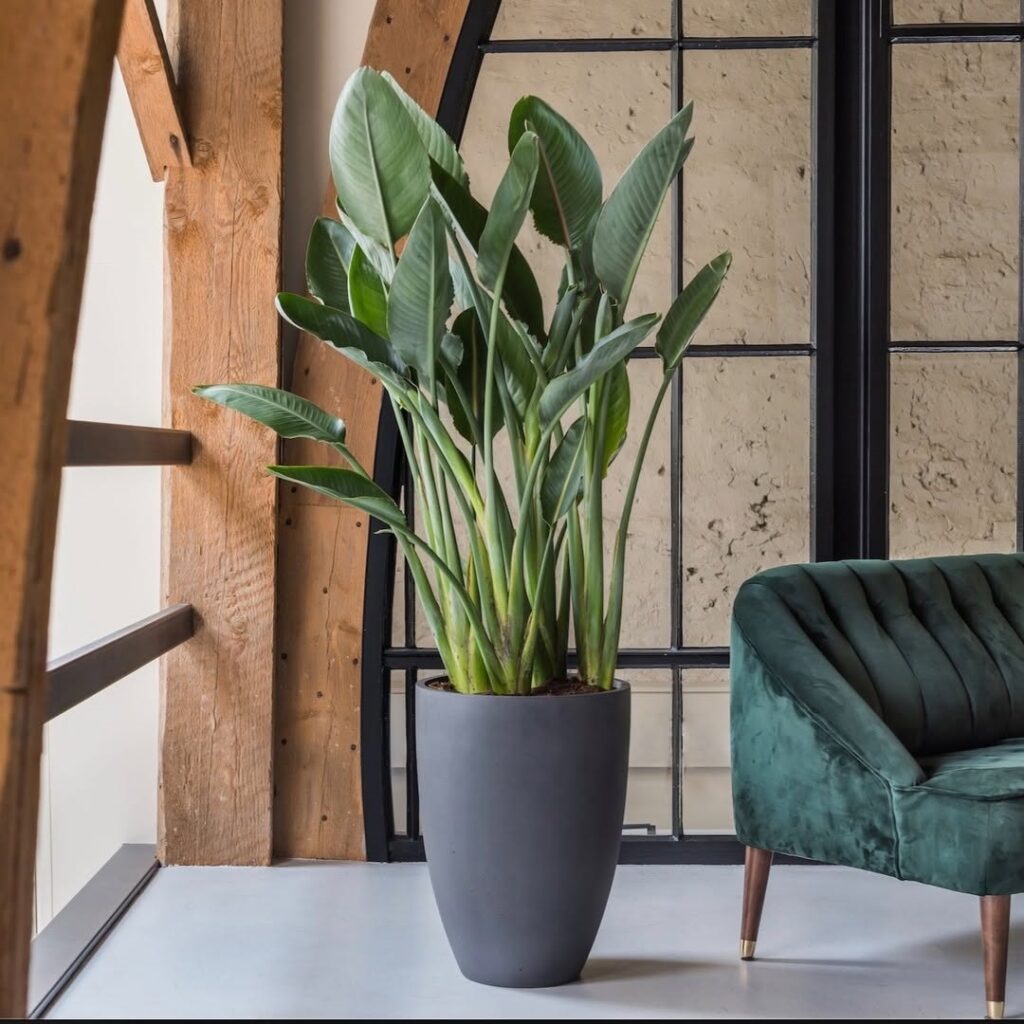
A tropical beauty, bird of paradise thrives indoors when given bright, direct sunlight. Its large, exotic leaves and striking flowers add drama to any indoor space.
Coleus (Solenostemon scutellarioides)

While traditionally grown in shaded areas, certain coleus varieties adapt well to indoor bright light. Their colorful foliage adds vibrancy to sunlit rooms.
Sun-Loving Orchids (Vanda spp.)
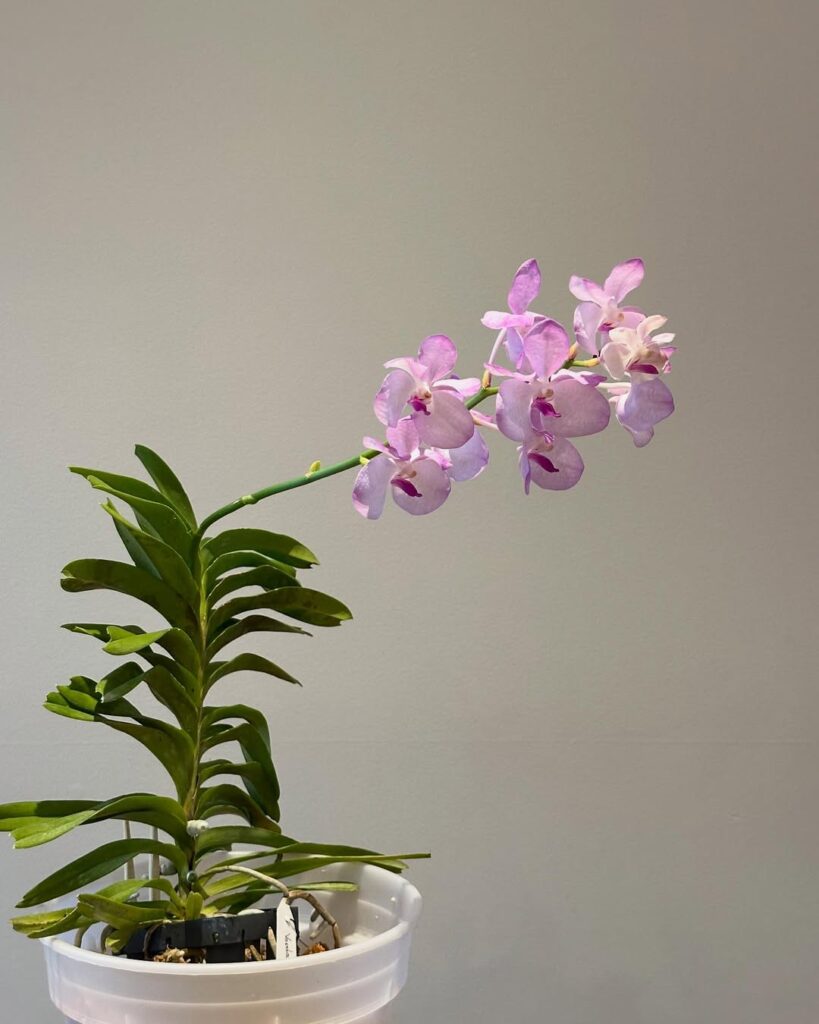
Unlike most orchids, Vanda species enjoy direct sunlight. Their aerial roots absorb moisture from the air, and their long-lasting flowers add beauty to bright indoor spaces.
Tips for Keeping Sun-Loving Houseplants Healthy
- Rotate your plants to ensure even growth and prevent sunburn on one side.
- Use pots with drainage holes to prevent root rot, especially for succulents.
- Watch humidity levels—tropical plants may need occasional misting in dry indoor air.
- Adjust watering based on sunlight intensity—more light means quicker drying soil!
- Place reflective surfaces nearby to spread light evenly to lower-growing plants.
A south-facing window offers the perfect opportunity to grow thriving houseplants that love bright light! Whether you enjoy compact succulents, leafy tropicals, or bold flowering plants, this selection will bring life and beauty to your indoor space.
